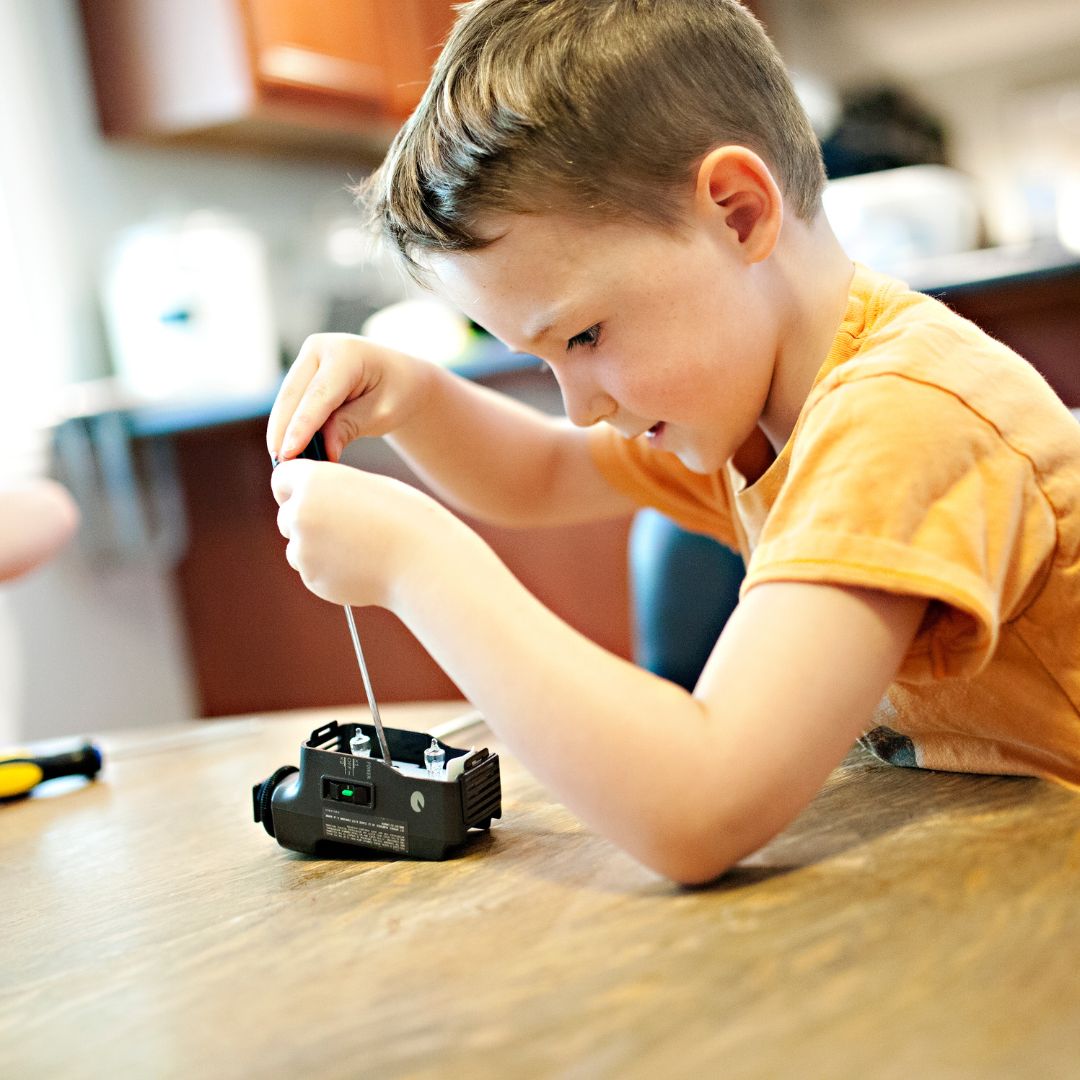
Updated: 28.4.25
If you're anything like me, your garage or storage space probably looks like a mini showroom of kids' ride-on toys.
These little vehicles aren't just a blast for our kids—they're milestones of adventure, confidence, and independence. But just like real cars, they need a bit of TLC to keep them running at their best.
Let’s roll up our sleeves and dive into some simple, DIY maintenance tips that’ll keep your little one's wheels spinning safely and smoothly for years to come!
The Basics: Clean Rides = Happy Rides
1. Regular Cleaning
Dirt isn’t just a cosmetic problem—it can sneak into moving parts and cause real damage over time.
- Wipe down the ride-on after play with a damp cloth.
- Use a soft-bristled brush to get into tight spots.
- For battery areas and electrical parts, use a dry cloth only.
Make cleaning a fun, bonding activity! Kids love helping out when it means keeping their "car" shiny and showroom-ready.
2. Tyre Care
Those tyres work hard—don’t ignore them.
- Check for signs of wear and tear.
- If the tyres are inflatable, check pressure monthly and top up if needed.
- Watch for flat spots or cracks—early fixes beat replacements!
Power Up: Battery & Lubrication Essentials
3. Battery Maintenance
The heart of any electric ride-on is the battery. Show it a little love!
- Charge properly — follow the manufacturer’s guide.
- Avoid deep discharges — don’t let it run totally flat too often.
- Clean terminals if you notice dirt or corrosion.
4. Lubricate Moving Parts
Squeaky wheels and stiff axles? No thanks.
- Use a silicone-based lubricant on axles, joints, and wheels.
- Avoid oil-based products—they attract dust and grime.
Pro Tips for Long-Term Fun
5. Preventive Maintenance
A little forward planning saves major headaches:
- Quick check before and after play: Look for loose screws, steering issues, worn tyres.
- Stay updated: Monitor for manufacturer recalls or safety updates.
- Teach your young drivers: Rough riding damages toys fast—help them understand why!
6. Safe Storage Matters
When the day’s adventures are over:
- Store ride-ons in a dry, covered space.
- Use a protective cover if storing outdoors or in damp areas.
- Consider hanging lighter ride-ons off the floor to prevent tyre warping.
Troubleshooting Common Ride-On Problems
| Problem | Quick Fix |
|---|---|
| Won't Start | Check battery charge and terminals. |
| Weird Noises | Inspect wheels and axles for debris. Lubricate if needed. |
| Slow Speed | Check battery age and debris on axles. |
More troubleshooting help here.
Don’t Forget: Manuals and Regular Safety Checks
7. Safety First
Before every big ride:
- Test brakes, steering, and horn.
- Look over seatbelts, frames, and any visible joints.
8. Always Reference the Manual
Your ride-on’s manual is packed with maintenance gold. Bookmark it, use it, and you'll avoid a lot of guesswork.
Final Thoughts: Happy Toys, Happy Kids!
Taking a few minutes now and then to care for your child’s ride-on toy isn’t just maintenance—it’s a small way of protecting their adventures.
Plus, you’ll teach them valuable lessons about care, responsibility, and problem-solving along the way.
Let’s keep those wheels spinning and those smiles shining!
FAQs About Ride-On Toy Maintenance
- How often should I perform checks? — Quick pre/post checks every ride, full maintenance every 3 months.
- What lubricant should I use? — Silicone-based lubricants—never oil-based.
- Battery not holding charge? — First, check connections. Replace with a manufacturer-approved battery if needed.
- Can I wash it with water? — No full soaking! Wipe non-electrical parts with a damp cloth; dry cloth only around batteries.
Shop, Upgrade, and Keep Riding! 🎉
Need a part, a fresh new ride, or just fancy seeing what's new? Browse our latest collections and keep your little driver's adventures running smoothly.
Check Out Kids Ride-On Cars





Share:
The Importance of Helmet Safety for Kids in Go-Karting and Dirt Biking
The Benefits of Off-Road Riding for Kids' Development